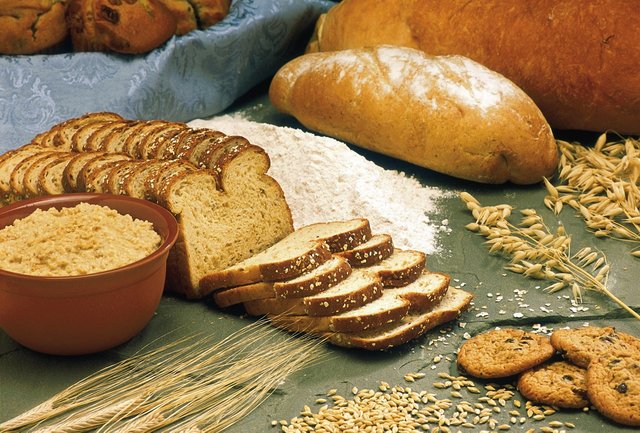Be careful when choosing foods labeled as whole grains: “Whole grain” doesn’t always mean healthy.

One study revealed that inconsistent food labeling means that foods identified as “whole grain” are not always healthy.
The study assessed five USDA criteria that identify whole grains in a food product:
- any whole grain as the first ingredient
- any whole grain as the first ingredient and added sugars not being one of the first three ingredients in the ingredient list
- the word “whole” before any grain ingredient
- a carbohydrate-to-fiber ratio of less than 10:1
- the industry-sponsored Whole Grain Stamp.
The Whole Grain Stamp is a widely used marker on food products. The stamp, while designed to steer consumers towards healthy whole grains, identified products with more fiber and less sodium and trans fat but that were higher in sugar and calories than whole grain foods without the stamp.
The other three USDA criteria had mixed results in identifying healthier whole grain products, but (criterion 4) the carbohydrate-to-fiber ratio of less than 10:1 proved to be the most effective measure of healthfulness. However, it is unclear whether this ratio is more predictive of chronic disease risk than other measures of carbohydrate quality—such as the amount/type of fiber or overall dietary glycemic index/load. Foods that met this criterion were higher in fiber and less likely to contain trans fats, sodium, and sugar.
Because calculating the carbohydrate-to-fiber ratio may be difficult and not readily available for a consumer reading a label, the study suggests that labeling guidelines appearing on whole-grain foods should be improved.
Consumers should steer towards whole grain foods that are high in fiber and that have few ingredients in addition to whole grain. Moreover, eating whole grains in their whole forms—such as brown rice, barley, oats, corn, and rye—are healthy choices because they pack in the nutritional benefits of whole grains without any additional ingredients.
Reference:
https://www.hsph.harvard.edu/nutritionsource/what-should-you-eat/whole-grains/